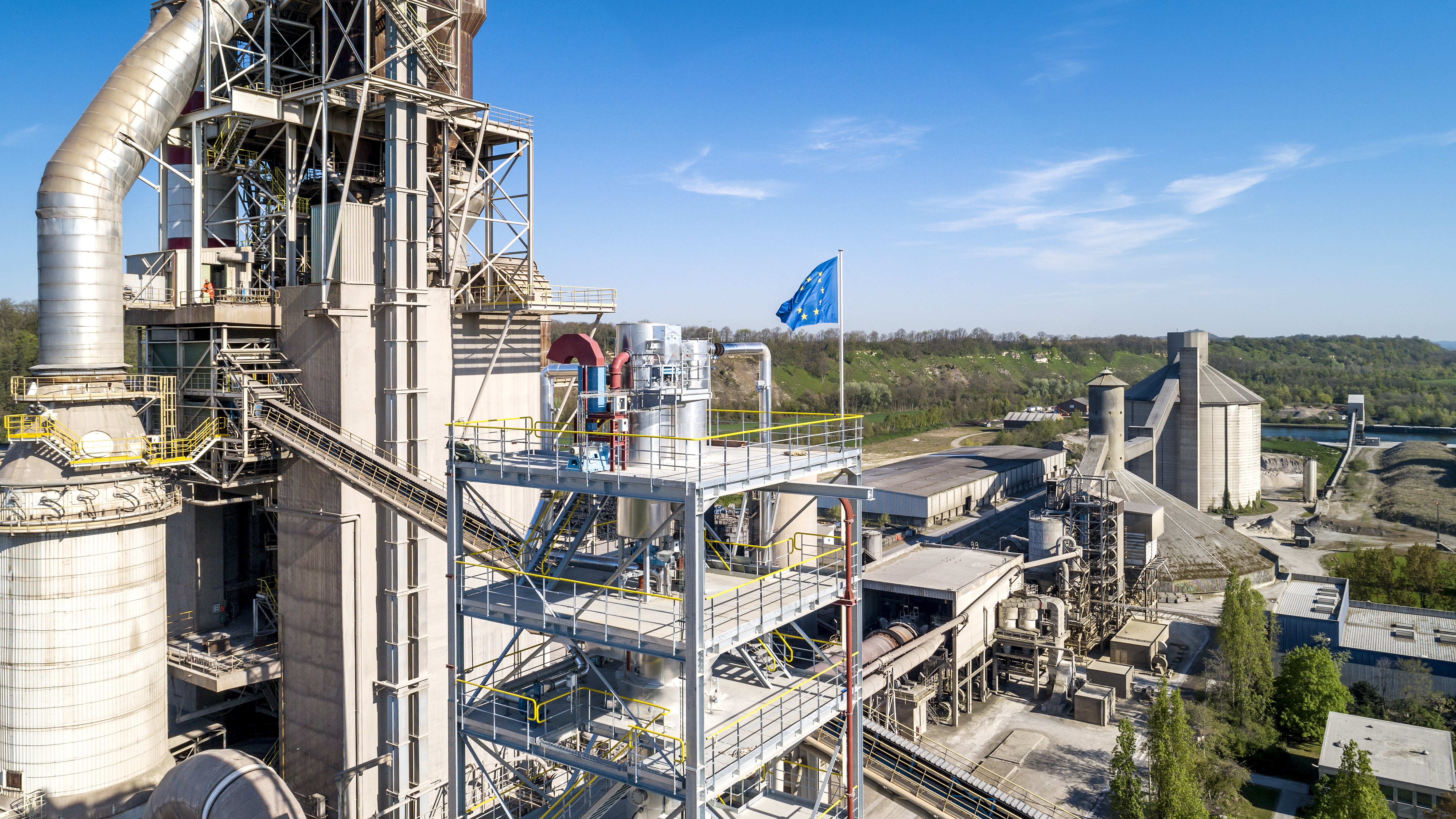
While cement and lime are essential to modern life, unfortunately the manufacturing process unavoidably releases large amounts of CO2.
To address this challenge, the EU-funded LEILAC project has developed a new Carbon Capture, Utilisation and Storage (CCUS) technology that offers producers a low-cost method of reducing atmospheric emissions. The ‘Calix’ process, as it is called, works by heating limestone via a special steel reactor. This enables pure CO2 to be separated and captured as it is released from the limestone, keeping the furnace exhaust gases separate.
A pilot plant at the Heidelberg Cement plant in Lixhe, Belgium was built to investigate whether Calix’s novel process could effectively be applied to the cement and lime sector. The pilot is designed to separate CO2 at a rate of around 18 000 tonnes per year, the equivalent to the annual emissions of around 10 000 cars.
The success of the LEILAC project has opened the door to a successor project, LEILAC2. This will apply the Calix technology at a larger scale to an operational cement plant, aiming to capture 20 % of its emissions. This works out at around 100 000 tonnes per year, the equivalent to the annual emissions of around 55 000 cars.
See the EU factsheet for more information.
- Reference
- H2020-EU.3.3. - SOCIETAL CHALLENGES - Secure, clean and efficient energy
- Project duration
- 1 Jan 2016 - 30 Jun 2021
- Project locations
- FranceGermanyAustraliaBelgiumNetherlandsSwitzerlandUnited Kingdom
- Overall budget
- €20 970 600
- EU contribution
- €11 932 20056.9% of the overall budget
- Project website
- https://www.project-leilac.eu/
- Departments
- European Climate, Infrastructure and Environment Executive Agency
Stakeholders
Coordinators
CALIX - EUROPE
- Address
- 5 Rue De Castiglione, 75001 Paris, France
